Indian tourists are making Middle Eastern and Southeast Asian countries compete to attract them, but they have their own requirements due to cultural and religious characteristics.
Economic growth has lifted millions of Indians out of poverty, with the number of Indian tourists traveling abroad reaching 27 million in 2019, doubling in 10 years. According to Economist , overseas spending by Indian tourists in 2023 reached 33 billion USD, tripled in the past 10 years - forecast to reach 45 billion USD by 2025.
"This is a great source of potential customers. and high spending power, it's no surprise that everyone wants Indian guests," Sudhir Upadhyay, CEO of TravB2B, which provides Asian travel services to more than 7,000 travel agents in India, told we.
Upadhyay said India is the “most sought-after source market right now.” India has overtaken China as the most populous country and will soon catch up economically. He predicted that the Indian international tourist market will grow five to six times from its current level in the next eight to 10 years.
Over the years, China has become the world's largest source of tourists, and Western countries have adjusted their policies to attract them. However, Indian visitors have given Middle Eastern and Southeast Asian countries a run for their money.
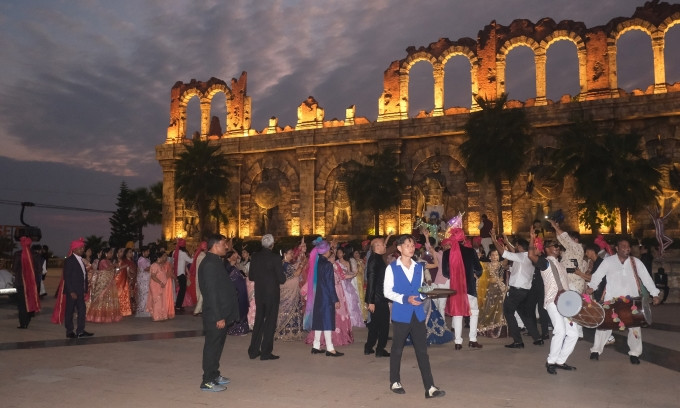
Thailand and Malaysia have waived visas for Indians. Others have recruited Bollywood stars as brand ambassadors—Abd Dhabi has Ranveer Singh, Dubai has Saif Ali Khan and Sara Ali Khan. A decade ago, India sent about a million tourists to Thailand each year. In the first half of 2024, the number of Indian visitors to Thailand topped a million, with many Indians travelling abroad for the first time.
In Vietnam, the Indian market is also attracting the attention of many units as the number of visitors recorded growth. According to the National Tourism Administration, Vietnam welcomed 392,000 Indian visitors in 2023, an increase of more than 230% compared to 2019. In the first 6 months of this year, Vietnam welcomed more than 231,000 visitors from this market, an increase of nearly 165% compared to the same period last year.
From August 26, Vietravel welcomed a group of 4,500 Indian tourists from the pharmaceutical group Sun Pharmaceutical Industries Limited to Vietnam for tourism. The group was divided into 6 small groups, traveling to Hanoi - Ha Long - Ninh Binh in batches, until September 7. Marketing Director Nguyen Nguyet Van Khanh said the company highly appreciated the potential of the Indian market and has had promotional activities since 2018.
Before the pandemic, Indian tourists were not exploited strongly because the number of direct flights was limited and Indian tourists at that time preferred traditional destinations such as neighboring countries and the Middle East, and were less interested in Vietnam. On the other hand, travel agencies in Vietnam focused on exploiting markets with a solid foundation such as China, Korea, the US, Australia or Europe.
After the pandemic, the Indian economy grew strongly, the middle class increased rapidly, so the demand for tourism was high. The traditional tourist market fluctuated, requiring a diversity of new tourist sources, which also caused travel agencies to invest more heavily to attract Indian tourists. Currently, Indian tourists account for 16% of Vietravel's total international visitors - a "significant" increase compared to before the pandemic.
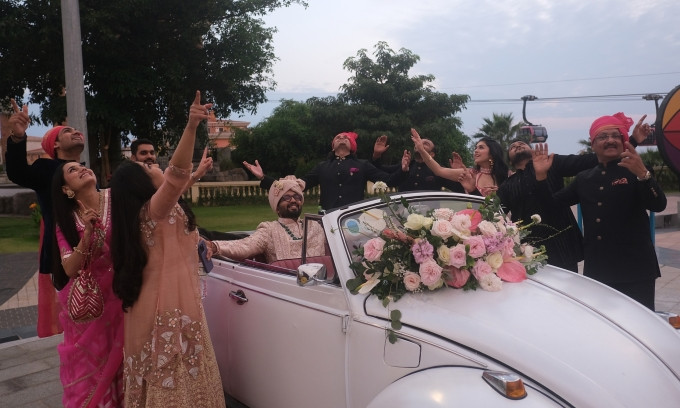
According to The Economist , the drivers of Indian outbound travel are demographic and economic. The 25-34 age group is the most likely to travel, and 20% of the country will soon enter that age group. The middle class is expected to double by 2047, and the number of Indian passports has increased from 52 million a decade ago to 93 million this year. Indians are not going to Europe but to neighboring countries.
Compared to Chinese tourists, Mr. Upadhyay said that Indian tourists are more accepting of foreign destinations because of their good English skills and their cultural influences from both the East and the West. Therefore, they adapt and quickly switch from group travel to independent travel. Independent tourists tend to experiment more and are willing to spend more than group tourists.
To please this group of customers, the operator needs to understand them carefully because they have a unique culture. For example, Vietravel's upcoming group of 4,500 guests has special food requirements to suit their beliefs and religions. In addition, they also want to have at least three tour guides for each group of 30-35 guests to ensure the best experience. The selected tour guides must all know Hindi and the introductions at the tourist attractions, usually in English - Vietnamese, need to be translated into Hindi.
"Services such as guides who speak Hindi well, restaurants serving Indian food and understanding of Indian culture are lacking in Vietnam," said Ms. Khanh.
In Vietnam, Ms. Khanh pointed out that the top destinations for Indians are Hanoi, Ha Long, Ninh Binh, Da Nang, Hoi An. Visitors from this country prefer cultural, spiritual and beach resorts for a 5-7 day vacation, often choosing 3-5 star hotels.
Mr Upadhyay added that the most important thing to attract Indian tourists is visa-free entry or easy visa application. Indian tourists do not plan their trips in advance, so countries with easy entry policies will attract them.
Cuisine is equally important because Indian food tastes are complex. TravB2B representatives estimate that 30% of Indian guests are vegetarian, 70% are "selective" meat eaters, where they still eat meat but only chicken, lamb and fish, not beef or pork for religious reasons and also do not like seafood.
Meanwhile, the Jain community in India is only vegetarian but does not eat some types of plants such as onions and garlic. Many vegetarian guests will not like vegetarian food at restaurants that also serve meat. Therefore, if welcoming Indian groups traveling in groups, the restaurant arrangement is also an issue to consider carefully. For independent guests, they like to experience and are willing to eat local food.
“Whether vegetarian or non-vegetarian, Indian tourists love food and almost any problem during a trip can be solved with a free delicious meal,” Mr. Upadhyay suggests.
India's peak tourist season is usually between April and June when students are on school holidays and the Diwali festival season - usually between October and November, according to Mr Upadhyay.
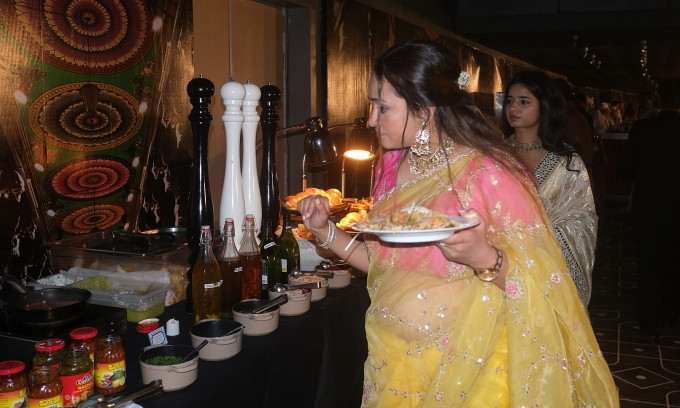
Indian customers have a wide range of spending power and companies can choose to exploit depending on the scale. At TravB2B, they do not serve backpackers, mainly exploiting the group of 3-star (20-25%), 4-star (40-50%) and 5-star (15-20%) hotels. Mr. Upadhyay said that low-spending customers often do not change their schedules and are easy to serve. Meanwhile, the new middle class has higher spending power.
Regarding the luxury group, he shared that in this country, all customers want to maximize the value received for the money spent, so high-end customers bargain as much as regular customers. Not to mention, the luxury tourism industry in India is fiercely competitive as many units want to dominate the market. Therefore, service providers targeting the luxury group need to bring unique and perfect experiences.
According to a representative of Vietravel, to attract Indian tourists, in the immediate future, travel agencies need to cooperate with tourism agencies, foreign affairs and local partners to introduce Vietnamese culture and destinations. In addition, promotional campaigns also need to be stepped up to affirm Vietnam as an attractive destination for Indian tourists.
Source





![[Photo] Visiting Cu Chi Tunnels - a heroic underground feat](https://vstatic.vietnam.vn/vietnam/resource/IMAGE/2025/4/8/06cb489403514b878768dd7262daba0b)



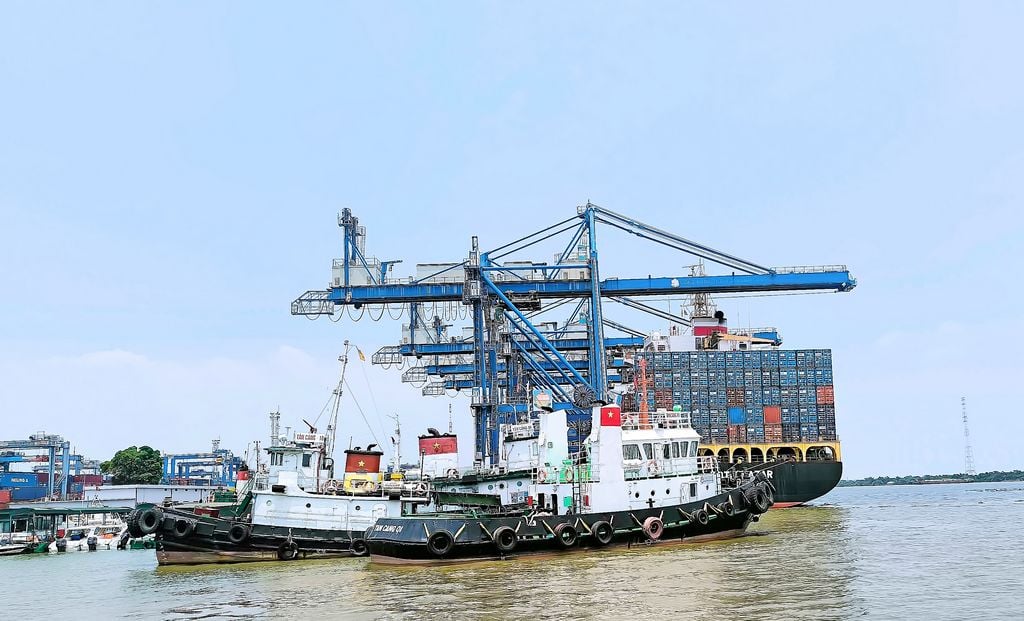
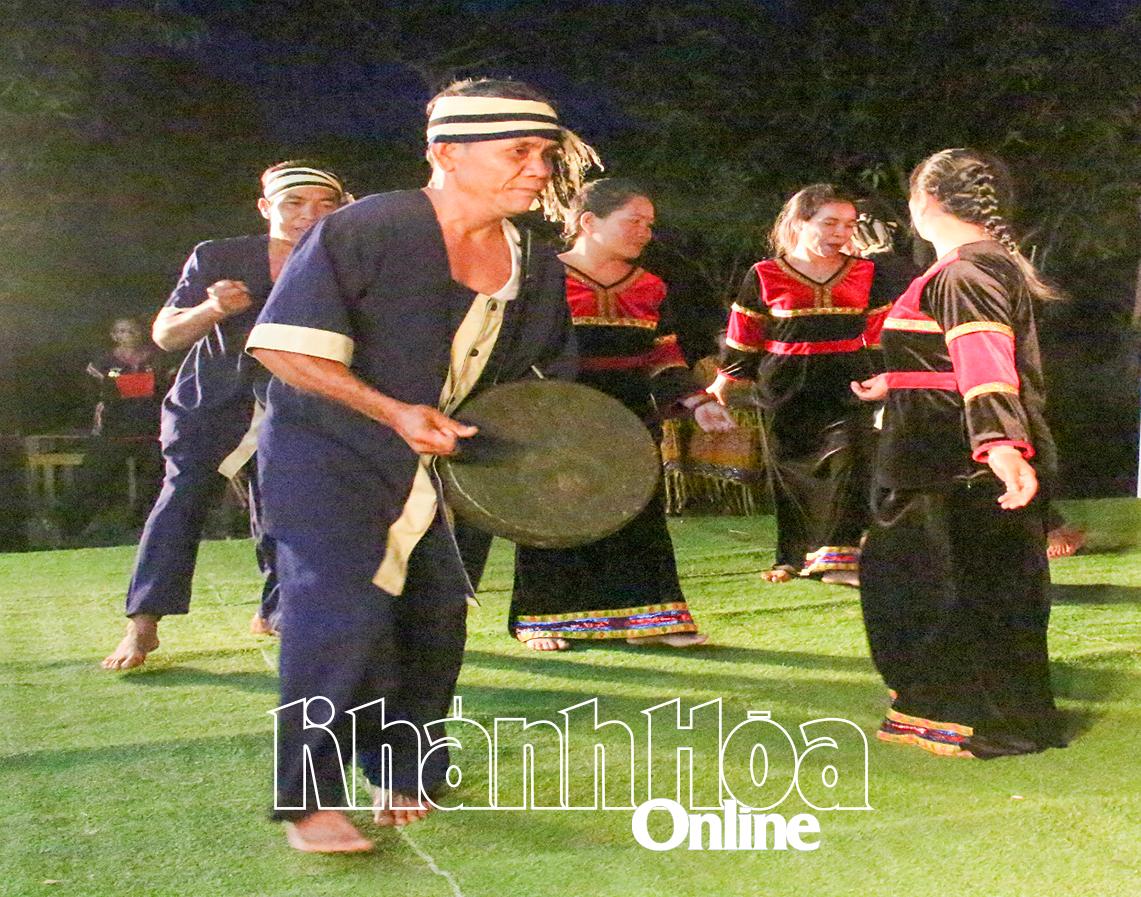



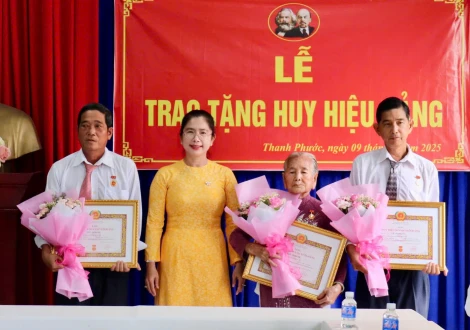
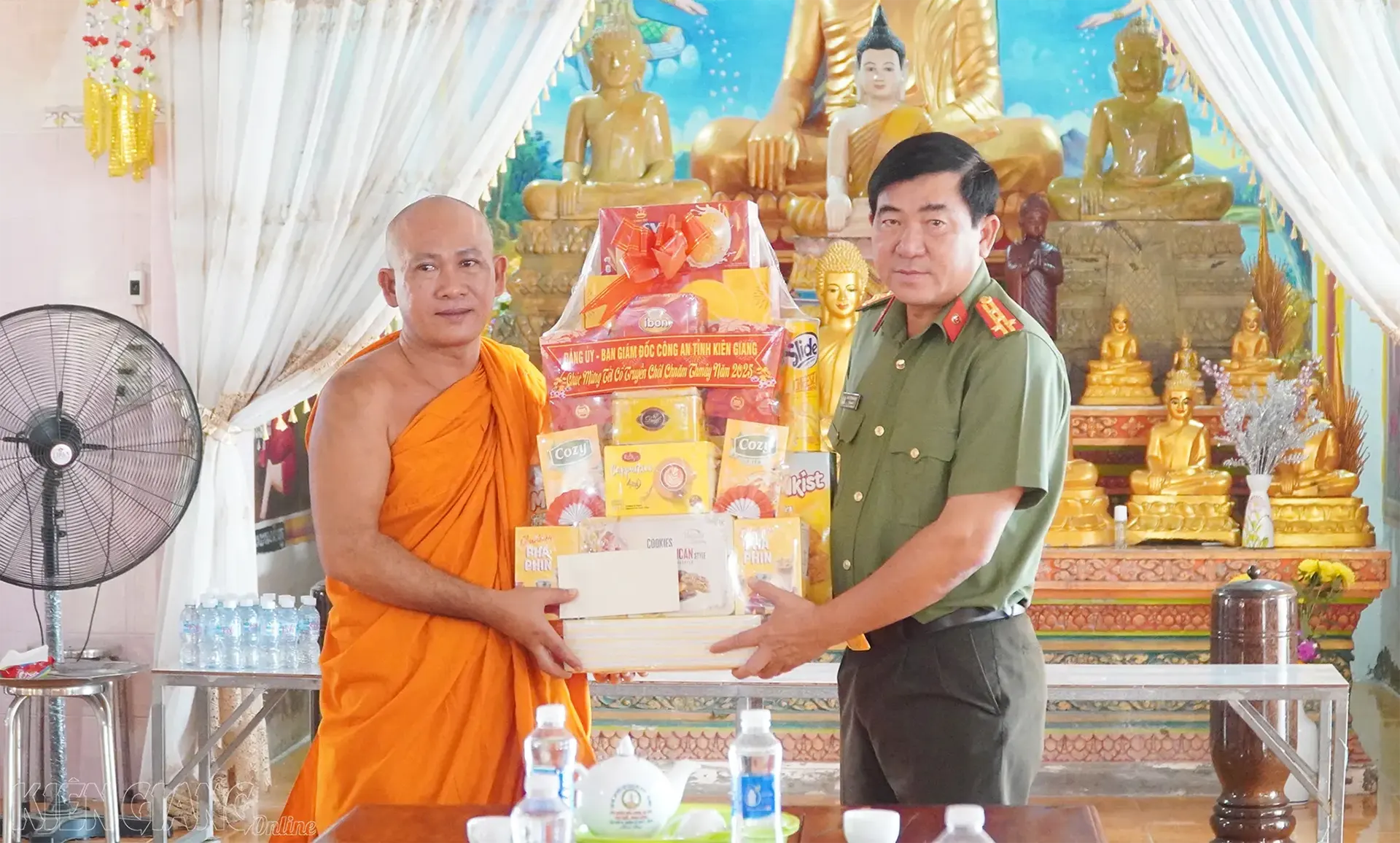
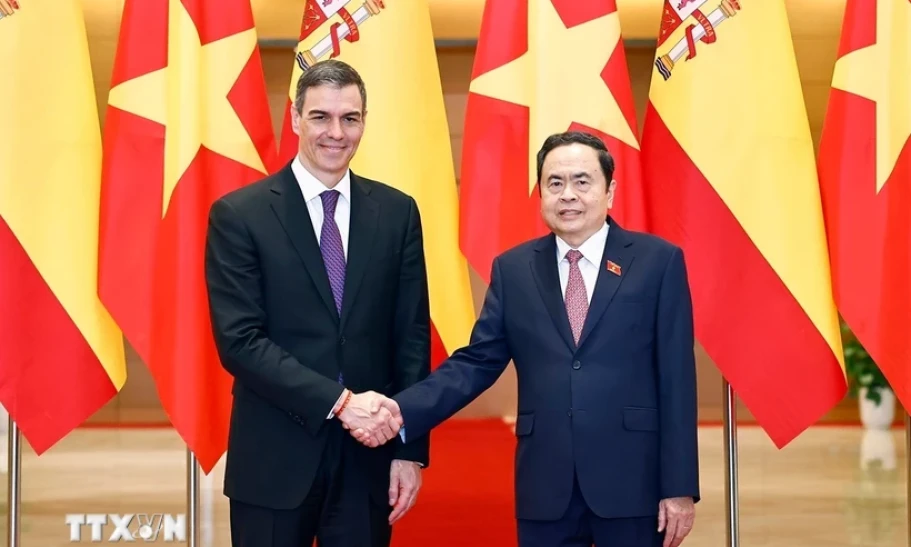
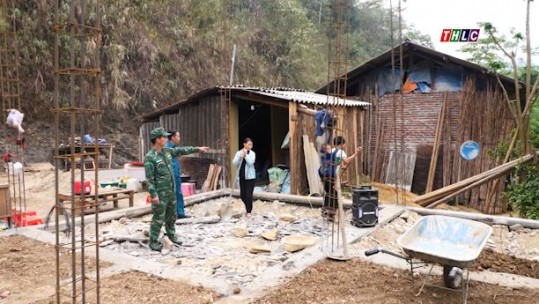
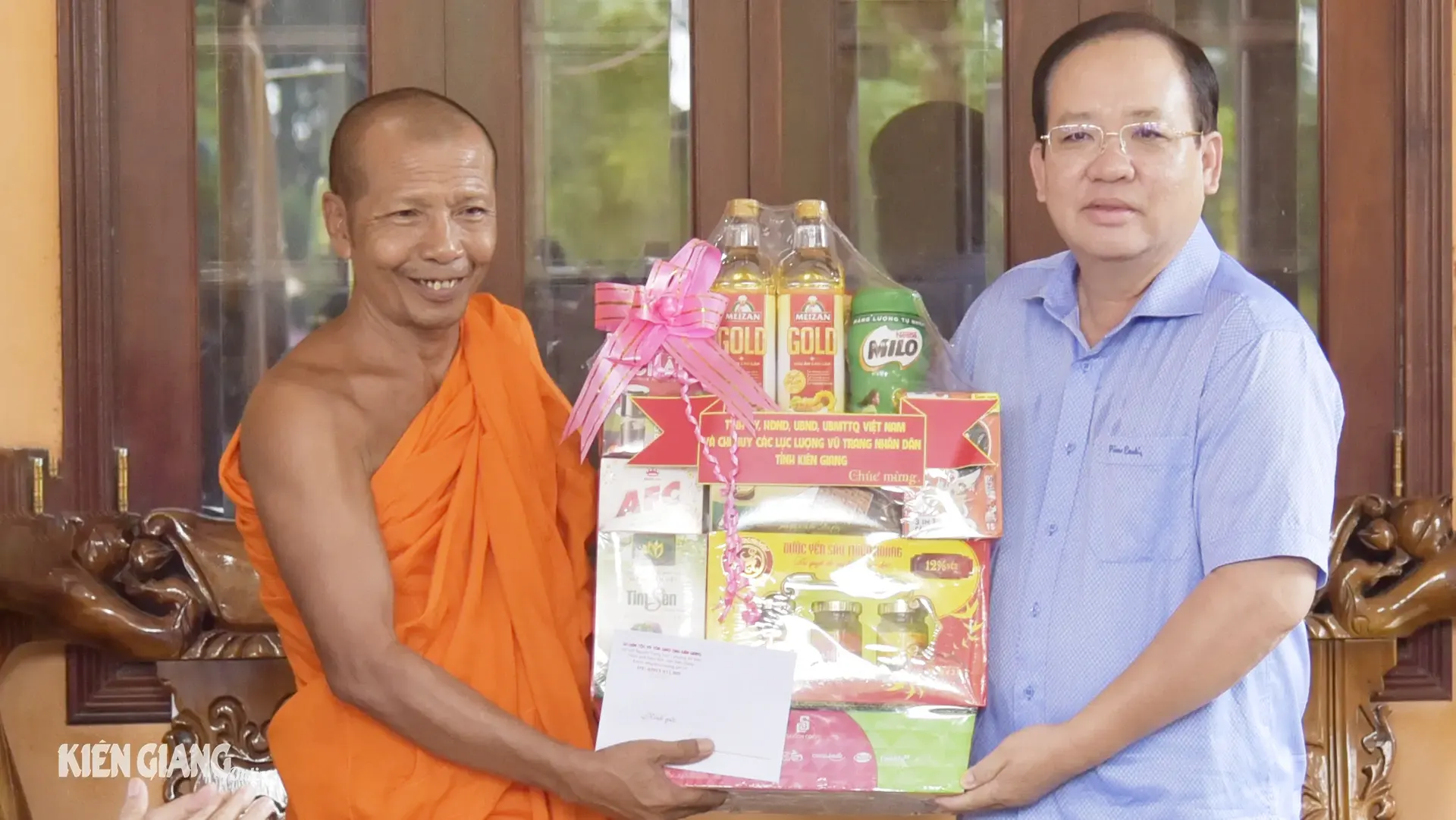



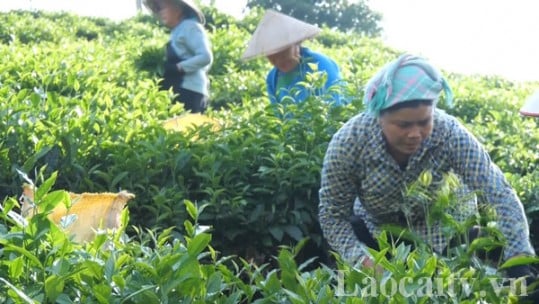
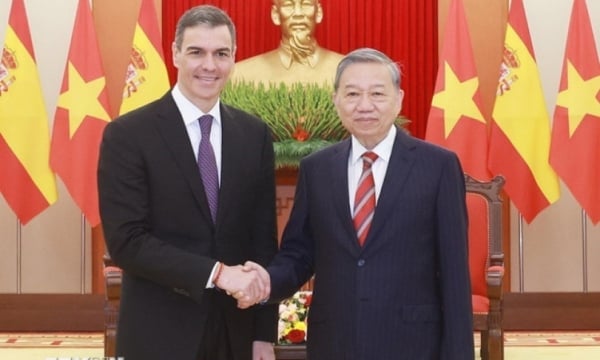
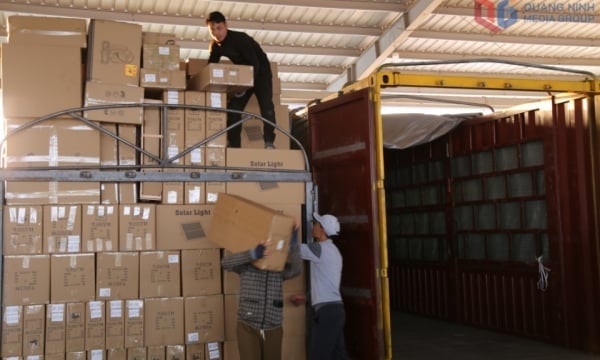
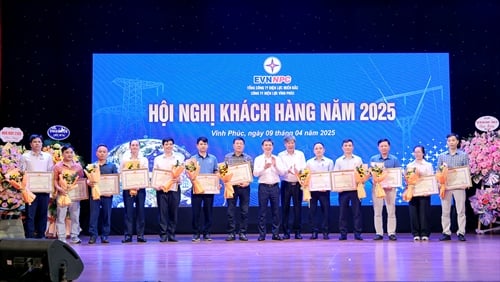
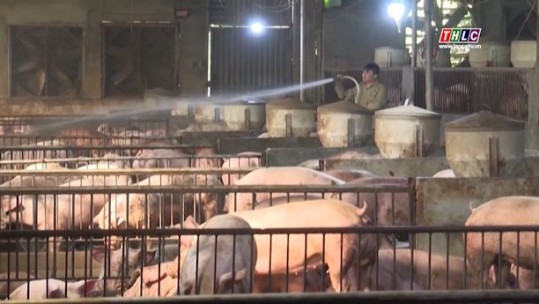
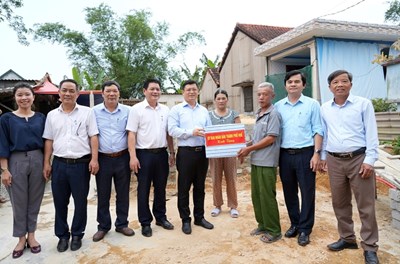


































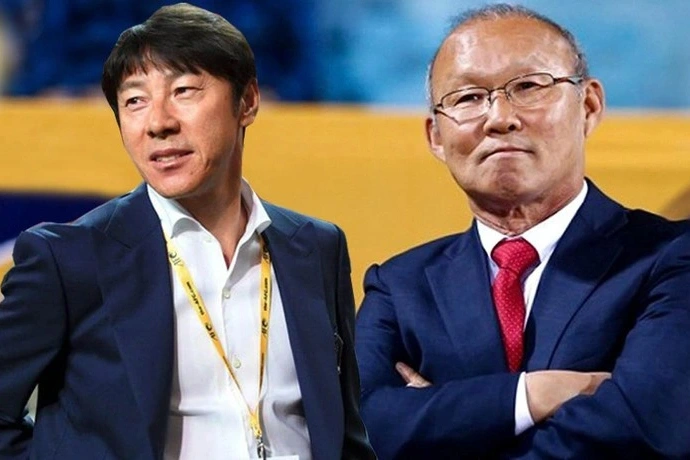


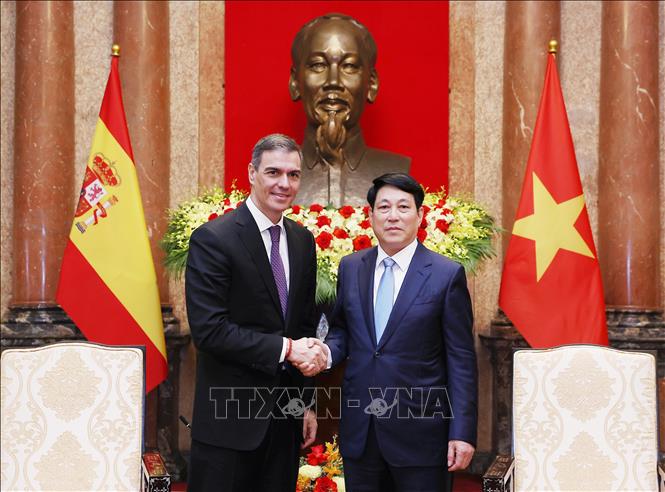








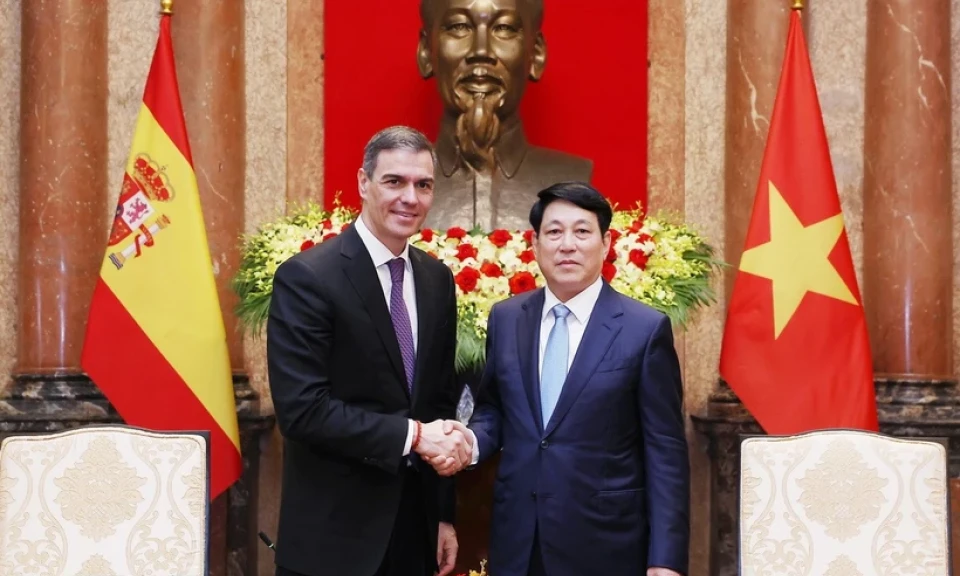










Comment (0)